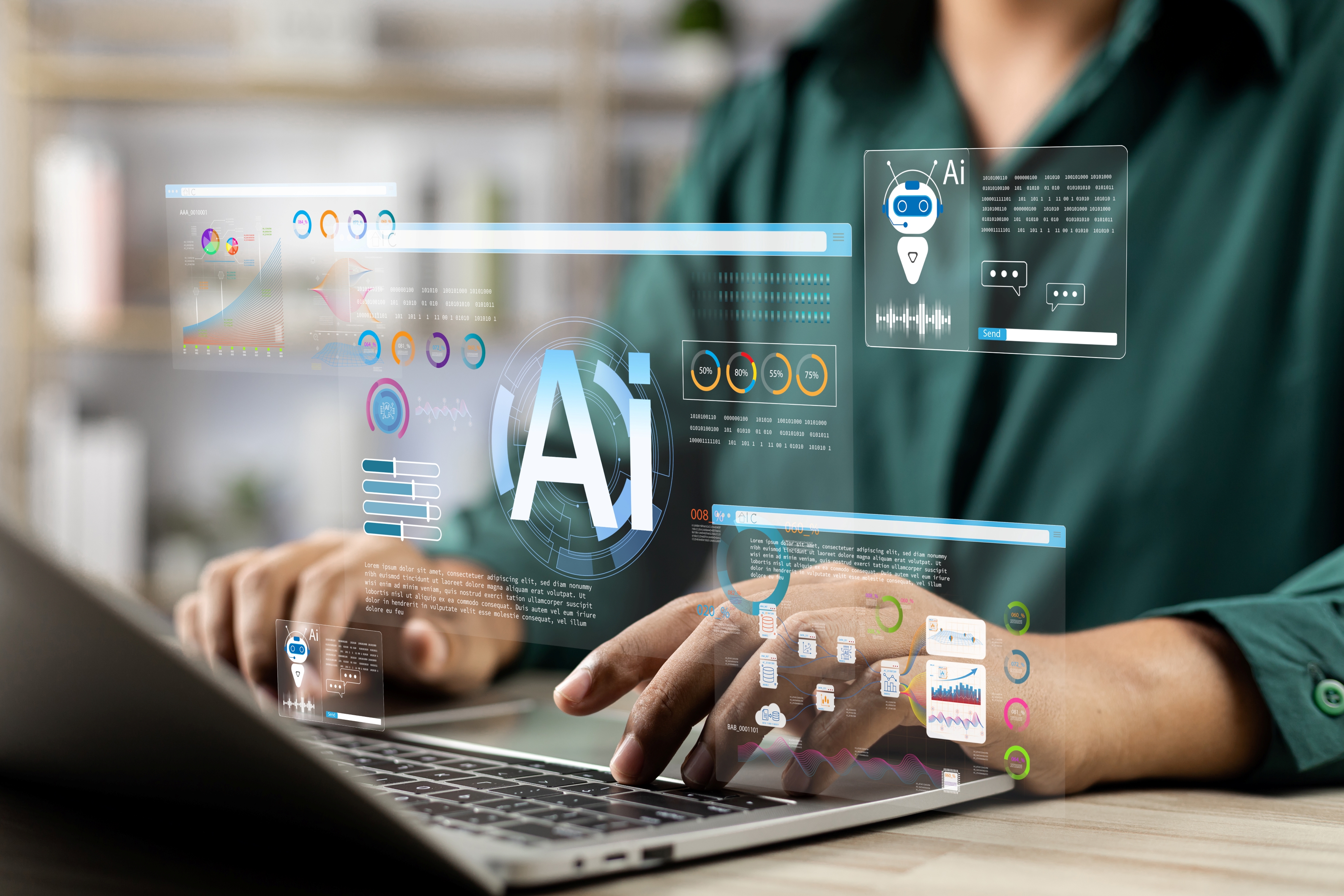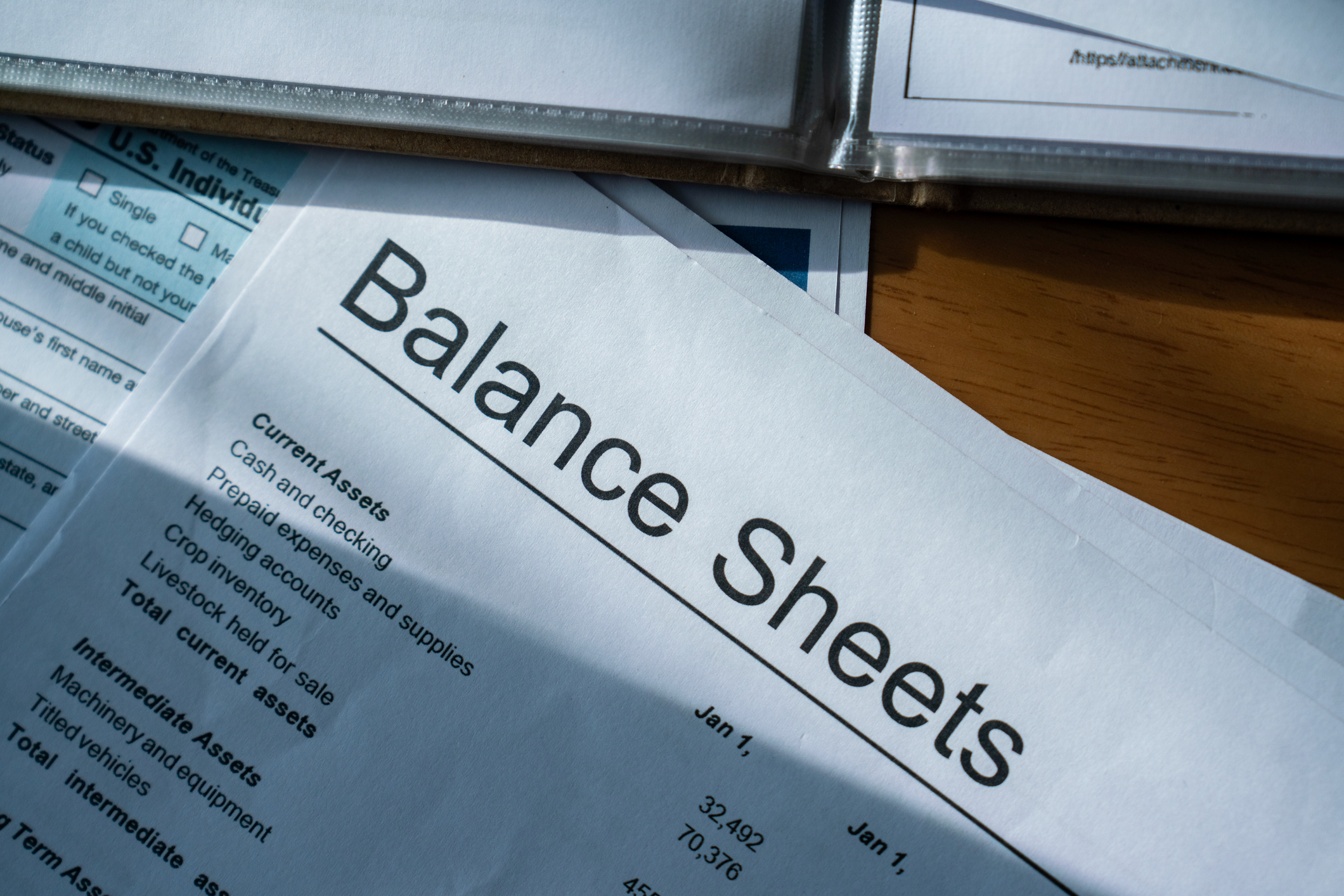Business
News, insights and expert analysis on business from the team at Kiplinger.
Explore Business
Latest
-

Holiday Shopping Tax Tips for Business Owners
Tax Tips Maximize your year-end savings through these key deductions to reduce your 2025 business tax bill.
Tax Tips -

Are You Eligible for the Amazon Prime Settlement Refund?
Amazon agreed to a historic $2.5 billion settlement over its Amazon Prime memberships. Find out if you're eligible for a refund and how to claim it.
-

How to Keep Your Business on Track, From the Authors of 'Hone'
Business owners like this chef could learn valuable lessons from 'Hone,' including how caving in to pressure to quickly expand could lead to business 'drift.'
-

Amid Mounting Uncertainty: Five Forecasts About AI
The Kiplinger Letter With the risk of overspending on AI data centers hotly debated, here are some forecasts about AI that we can make with some confidence.
The Kiplinger Letter -

Worried About an AI Bubble? Here’s What You Need to Know
The Kiplinger Letter Though AI is a transformative technology, it’s worth paying attention to the rising economic and financial risks. Here’s some guidance to navigate AI’s future.
The Kiplinger Letter -

A Blueprint for Helping to Build Your Advisory Practice
As a financial professional, you can draw lessons from Advisors Excel's journey to find ideas, strategies and inspiration for growing your own advisory business.
-

Holiday Shipping Deadlines for 2025: When To Send Your Packages
These carriers want you to know their holiday shipping deadlines so you can get your packages to their destinations on time.
-

The Best (and Worst) Airlines for Flight Delays and Cancellations
Which airlines should you book and which should you avoid if you want to make it to your destination on time?
-

How to Read a Company's Balance Sheet Like a Stock Pro
Knowing how to read this financial statement can help you separate strong companies from struggling ones.
